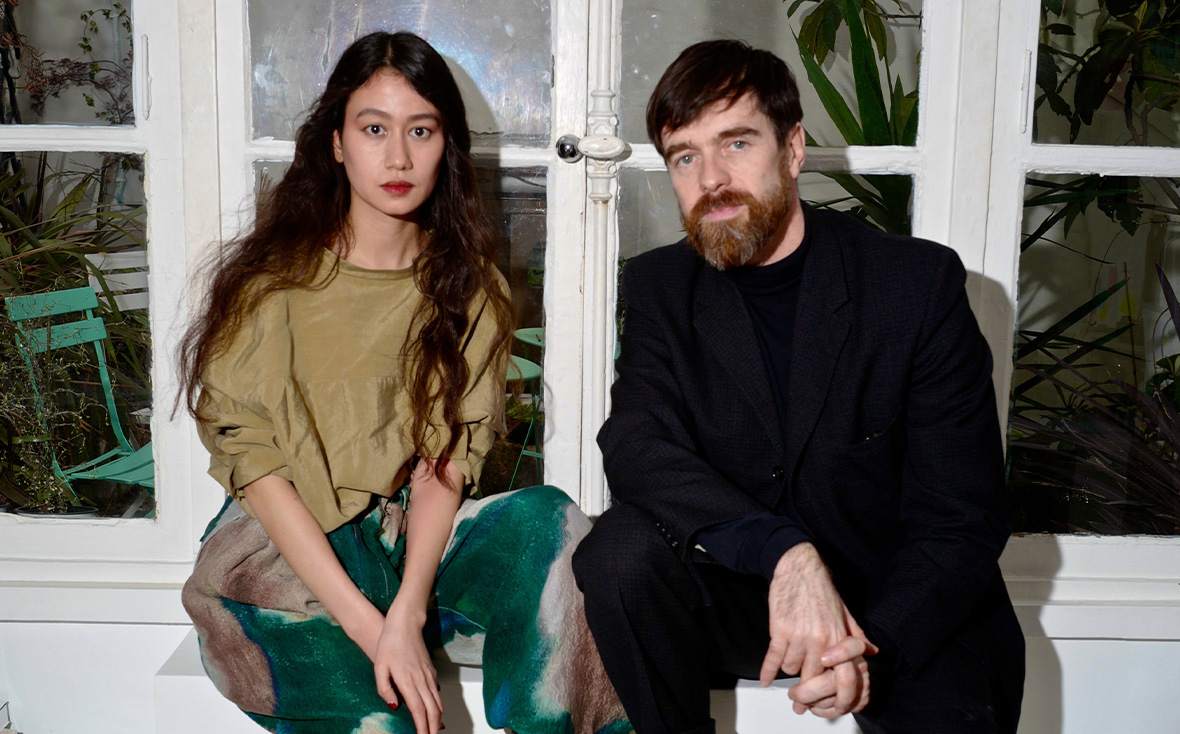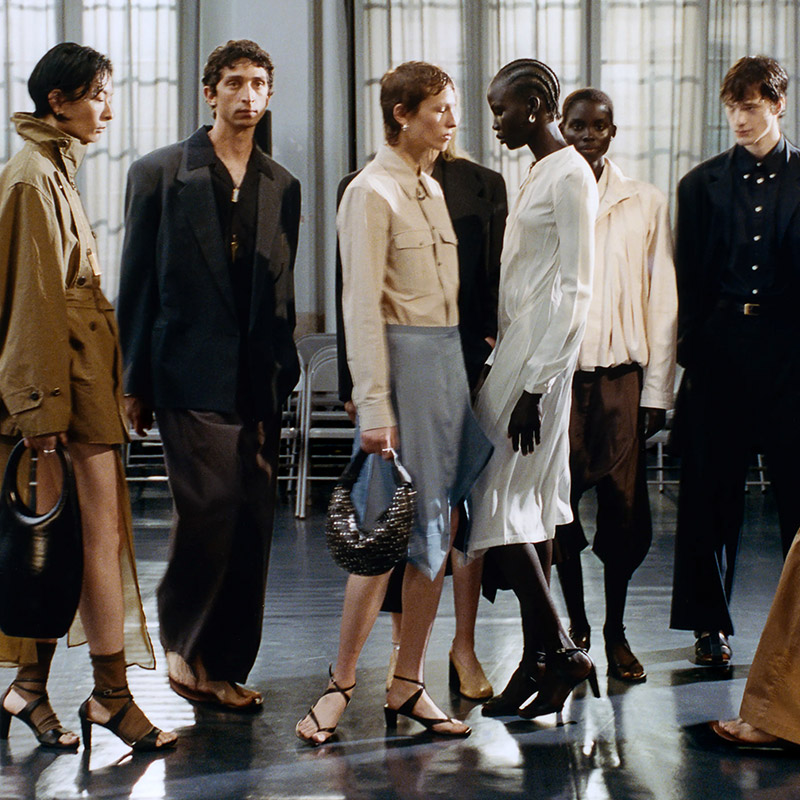Christophe Lemaire

Christophe Lemaire’s approach to fashion is deceptively straightforward, yet undeniably powerful. A literature and applied arts graduate, Lemaire cut his teeth at various Parisian studios before founding his own label in 1991. His early experience working alongside Christian Lacroix honed an acute sense of craft, and later, at Lacoste, he redefined an iconic image for the 21st century. In 2010, Lemaire stepped into the formidable shoes of Hermès, guiding its women’s ready-to-wear for four years with a quiet yet deliberate elegance that left a lasting imprint.
Since 2014, Lemaire has focused solely on his namesake brand, which was renamed LEMAIRE, refining his vision of understated luxury. Alongside his creative partner, Sarah-Linh Tran, the duo has expanded LEMAIRE into one of Paris’ most compelling labels. With a flagship store in the Marais and a headquarters at Place des Vosges, the brand embodies a contemporary idea of Parisian style—minimal yet full of depth, consistently embodying what feels right for now. It’s clothing that whispers rather than shouts, making space for the wearer to shine.
But Lemaire’s story doesn’t stop at his own label. In his collaboration with Uniqlo, he has transformed Uniqlo U into a quietly revolutionary line. The partnership, which also sees Lemaire and Tran leading the Japanese retailer’s Paris R&D Center, is a testament to Lemaire’s philosophy that good design should be accessible. It’s here that he marries luxury craftsmanship with mass-market reach, offering pieces that reflect the same core principles of restraint, versatility, and elegance.
Lemaire and Tran have forged an identity that is undeniably distinct—grounded in soft tailoring, generous proportions, and a muted palette that defies trend-driven fashion. Their work reimagines simplicity not as a lack, but as a deliberate and deeply considered choice—a framework that invites us to see clothing as a tool for everyday beauty, grounded in the real lives of those who wear it.
